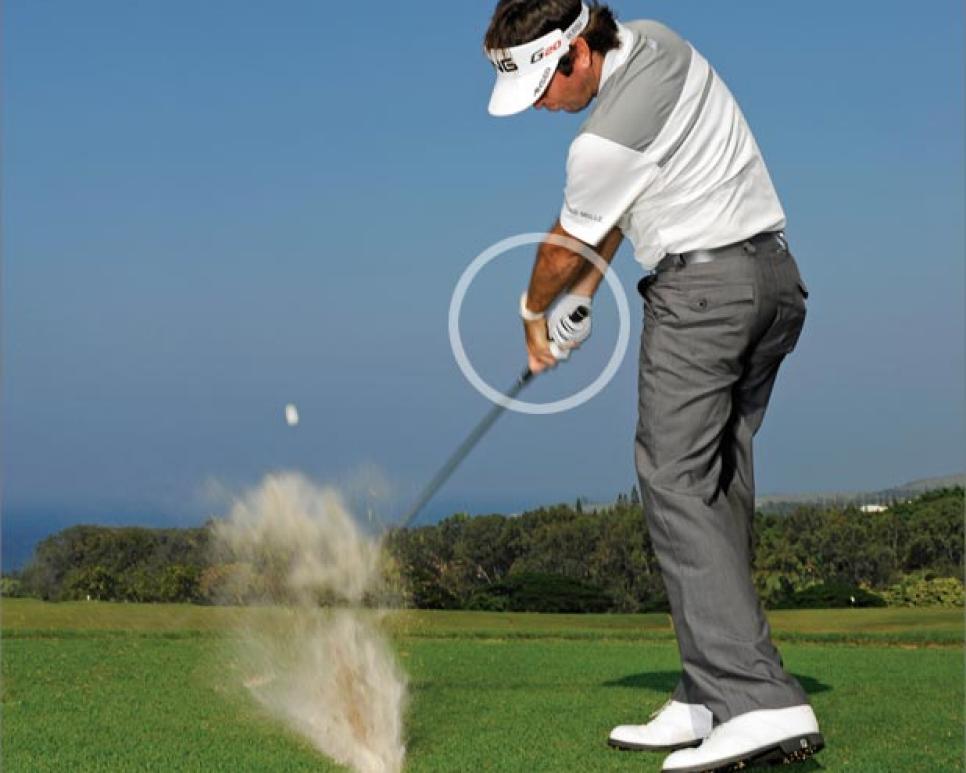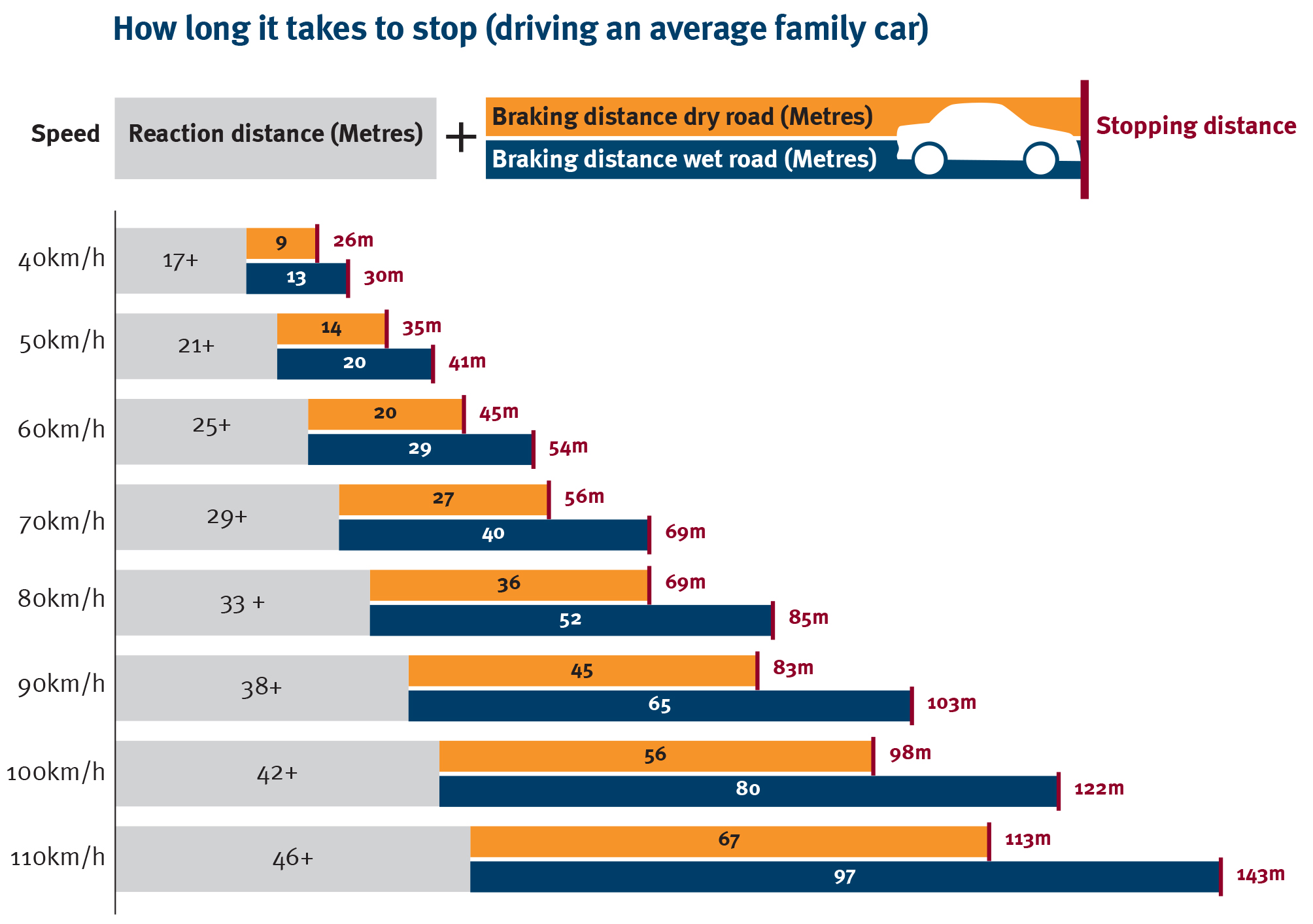
It is important to hit your putts straight enough to get to the hole. You don't have to hit them so hard that they roll off the green. This does not mean you should hit them from the wrong distance. This article will discuss the proper body position and techniques for hitting a firm putt. Once you know the basics, it's easy to putt like a pro.
Technique
To make a successful putt, aim for the front edge. You can visualize two coins on either end of the line that runs from your ball to the cup. Now, sit down and move your eyes horizontally across the coins. It should feel more like a cohesive, strong group than a mess of moving parts. It is a great tip to improve your putting skills to practice with actual coins on a green or to use a yardstick to represent it.
Posture

Proper posture and form are key to putting. It can be hard to maintain a proper posture while putting. However, good putting technique is built on correct body alignment. Proper stance allows the shoulders to rock in a pendulum motion and avoids excess hand action. The putter will look slanted if their spine is too upright. The putter will look fine if they don't change their position at address.
Body position
When standing on the putting green your body should be in line with the target line. The ball should be located in the center of your stance and close to the target side. If you are unsure of the best body position, try bending your knees. This is important for stability, consistency, and balance. It is also a good idea for a friend to practice on a course.
Reading the green
The first step to reading the green while golfing is to visualize the ball entering the hole. If your putt hits the green from the left, it is best to ignore the right half of your cup. This will make the ball likely to lip out. Instead, place your focus on the top portion of the cup and visualize it burning a track across the green as the ball rolls into the hole. This will improve your green reading skills as well as your confidence. To find the right line, you can use either one or both of these methods.
Counting your paces
You can track your progress by counting your paces during golf. You can practice your putting skills by pacing off a long shot. The distance from the cup can be determined by how you pace your putts. Pace off at the same pace next time you hit long putts. This will allow you to gauge the length of your stroke even if your ball is not very far away.
Imagine a putt that travels straight through and straight back.

Many golfers make the error of thinking that their putts will travel straight back through the hole. A common tip for golf is to use your putter straight back through. But this is completely wrong. Practice making putts without a ball, and you'll find that you'll be able to make them straighter and longer than you ever thought possible.
Keeping your head down
A key element to successful golf putting is keeping the head down during impact. You'll be less likely to chase the ball with your eyes while you swing. This will make it easier to hit straighter putts. This drill is great for training your brain and helping you to keep your eyes on the ball. You will be more consistent, fluid and accurate. Here are some tips for making sure your head stays still when putting:
FAQ
What type of clubs should you use?
There are many kinds of clubs. Most players start with a driver, a heavy weight club that allows them hit the ball further. Other clubs include woods, irons, wedges, and putters.
Woods are longer clubs made to allow players to play closer to the pin and still be able to reach green. They are commonly used for long drives, approaches, and even putting.
Irons are shorter clubs designed to assist players in hitting the ball closer to pin. They are commonly used for chipping or putting.
Wedges are specialized clubs used to control flight paths of the ball. They are typically used for shots that require precise direction.
Putters can be described as small clubs that are used to kick the ball towards the cup. These are short putts that players use to play.
The type of club you use depends on what type of shot you want to make. Different types of shots work better in different clubs.
Drivers can help you hit the ball further than expected. Wooden are great for driving the ball over long distances. Irons can be used for quick shots. It is easy to control the ball's flight with a wedge. Putters are perfect for rolling the ball into the hole.
How often should I play golf?
It depends on your availability of time. Most people recommend at least two sessions per week.
You should play at least four times per week if you want to become an expert golfer.
What is a handicap, exactly?
When playing golf, you may find yourself having trouble keeping up with others. You may also struggle to score high because you are either too slow, or too fast. To overcome these problems, you could hire a caddy to carry your bag for you.
You should still take advantage the local golf club's services if you're just starting out. They will calculate your handicap based on age, gender, height, weight, strength, and skill level.
When calculating your score, your handicap will be used. Your handicap will tell you which group you belong in. This will enable your to compete more effectively with other players with similar abilities.
What happens after a round of golf is over?
At the end a round, the person with the lowest score wins. However, if two people tie for first place, they both win.
If there are more than three players who tie for the first place after 18 holes they will share the money.
If there are two or more players who remain tied after 18 holes the tournament committee determines who will receive the prize money.
What is the difference between a bogey and a bogey
A bogey is an imaginary number used as a target for golfers. This is not a part of the game, but merely a way to keep score. The hole goes to the player who is closest to the number.
Jock Hutchison (the first professional golfer from Scotland) invented the idea of a Bogey. He came up with the idea while playing on his own at home.
He wanted to keep track on how he was doing against his own self, so he wrote a number down on a piece o paper and stuck it to the wall above him bed. This became the "Hutchy Bogey."
How does golf score?
The scorecard is divided into four different categories: Stroke Play, Par 3, Par 4, and Par 5. Each category is further broken into strokes. To par, a player must complete 18 holes (Par72).
The lowest score wins.
Statistics
- In the United States, women made up 25 percent of golfers in 2021, which was up from 19 percent in 2011, and junior female golfers account for 35 percent or 1.1 million golfers.[50] (en.wikipedia.org)
- Professional golfers typically make between 60% and 70% of greens in regulation. (en.wikipedia.org)
- They do this by means of assessing and rating courses according to the average good score of a "bogey golfer," a player with a handicap of around 20. (en.wikipedia.org)
- In the United States, the number of people who play golf twenty-five times or more per year decreased from 6.9 million in 2000 to 4.6 million in 2005, according to the [51] (en.wikipedia.org)
External Links
How To
How to Make a Perfect Swing in Golf
A good golfer has a strong understanding of how to play his game and what he needs to do to improve his performance. He must be able to identify the best clubs, grips or stances for his game and how to play them.
These tips can help you to master golf.
-
Start with the basics - Before you can start to practice your swing, it is important that you understand the rules of golf.
-
Practice makes perfect. - You can practice by going out in nature or indoors and hitting balls at a target. This gives you the opportunity to improve your form and technique while not causing yourself any harm. As soon as you feel comfortable with the mechanics of your swing, try playing a few rounds of golf.
-
Make sure you are prepared - Before you hit any ball, be sure to check your grip. You can adjust if it doesn't feel right.
-
Keep it simple. Because they have perfected their unique style, they are masters at what they do.
-
Technology can be a great tool for improving your game. There are many apps today that can help analyze your swing, track distances, give you tips, and even provide statistics to assist you in making better decisions.
-
Be consistent. When you practice, remember the following principles: * Focus on one aspect at a time. For example, if your goal is to improve your short game skills, you should only work on the short games drills. Don't mix long and short drills.
-
Concentrate on one area of your body at a given time. For example: If you work hard on your left side, forget about the right side. It won't make you better.
-
Be truthful. Don't cheat yourself. If you think that you are doing more than you actually do, then you are cheating yourself.
-
Play with friends – Playing with other people will encourage you to improve your game. Besides helping you stay motivated, having people around also gives you some friendly competition.
-
Know your strengths and weaknesses - Find out where you excel and where you need improvement.
-
Have fun. Enjoy learning golf. There is no such thing "perfect" at any skill. Even though perfection is not possible, it's still a great experience.